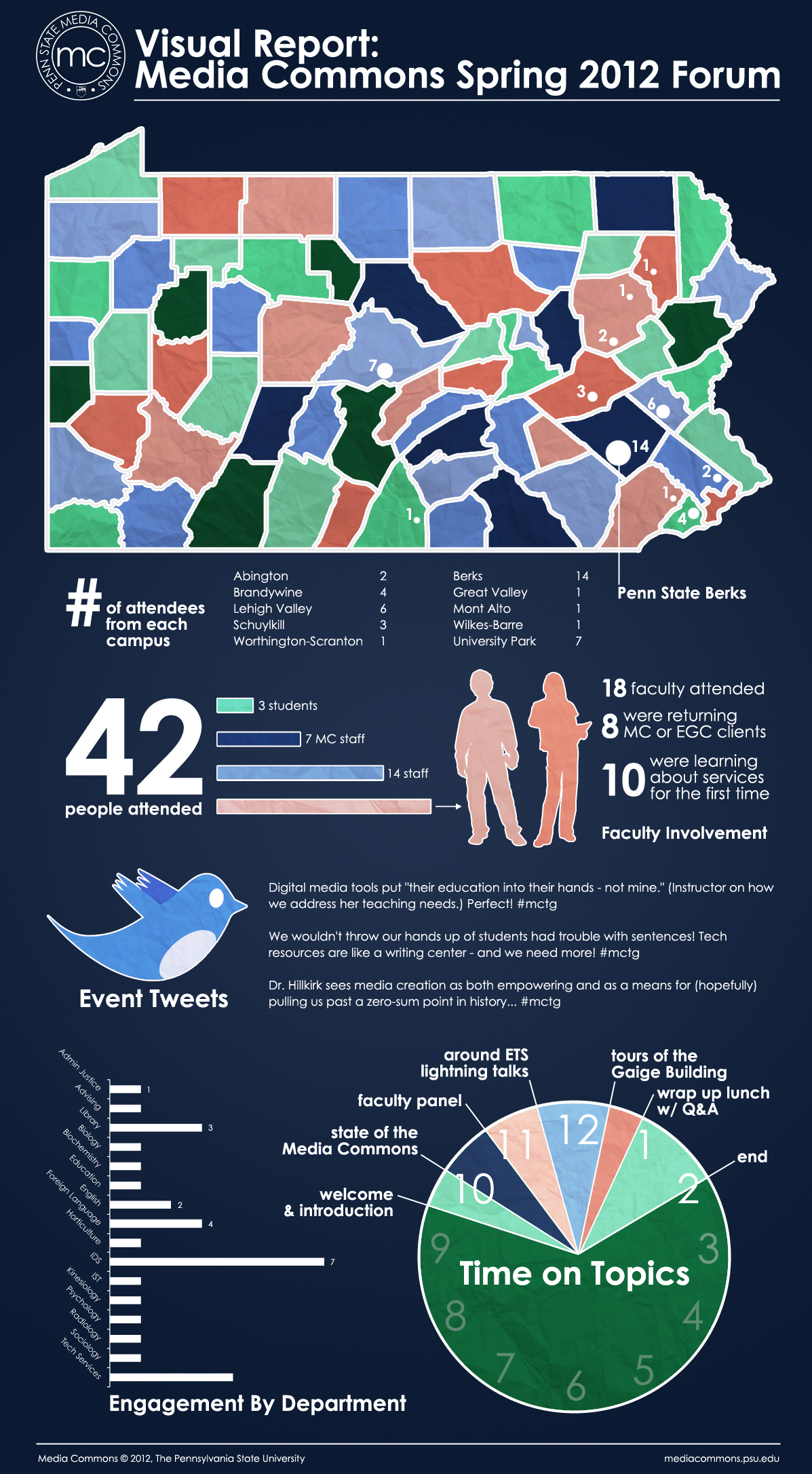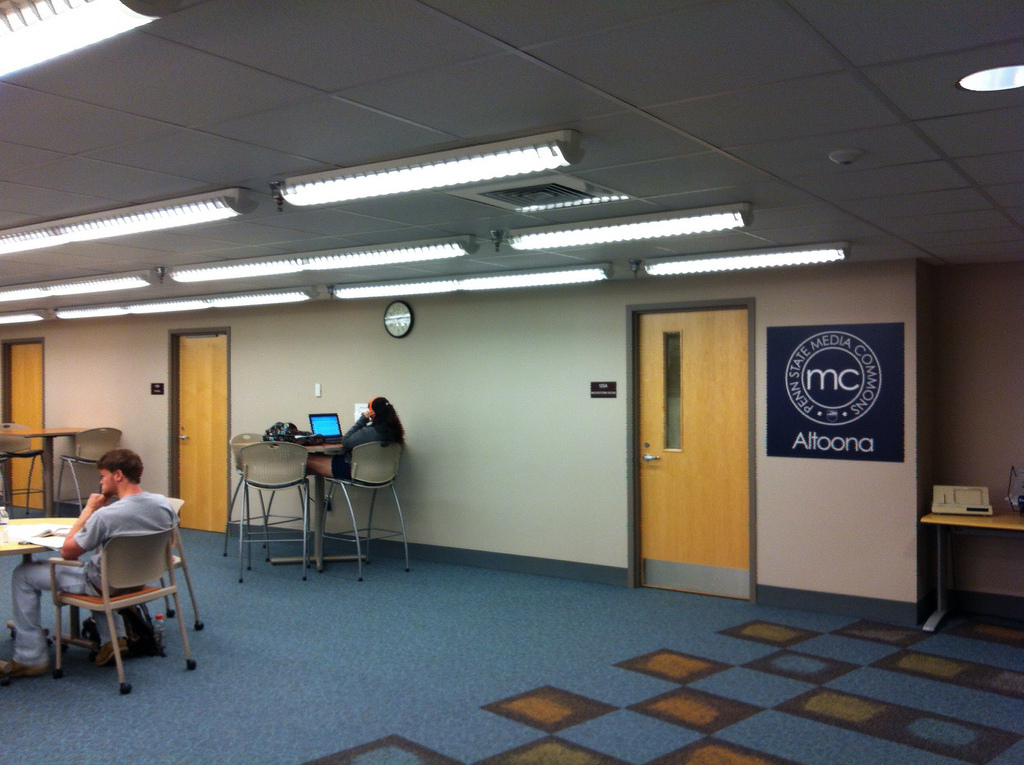Text in Place
Klagenfurt, Austria has no traditional public library. But what they do have is an intriguing solution to giving their citizens access to books. By using near field communications and QR codes, the municipality will be linking residents to public domain works in appropriate locations. An example given in Engadget‘s posting about this project puts The Killer at the police station. The creators of this distributed library hope to include other media in even more locations – and to offer up the recipe for creating a similar “library” in your own town.
It’s certainly a unique concept, especially as e-readers take on ever more prominence in our lives – and libraries find themselves tossing out physical collections that only continue growing at an alarming pace. I like it much better than on-demand library printing (it just seems wasteful)!




 An example of how this could work is found in my avatar’s first posting. My Snewok, Trill posted
An example of how this could work is found in my avatar’s first posting. My Snewok, Trill posted 
